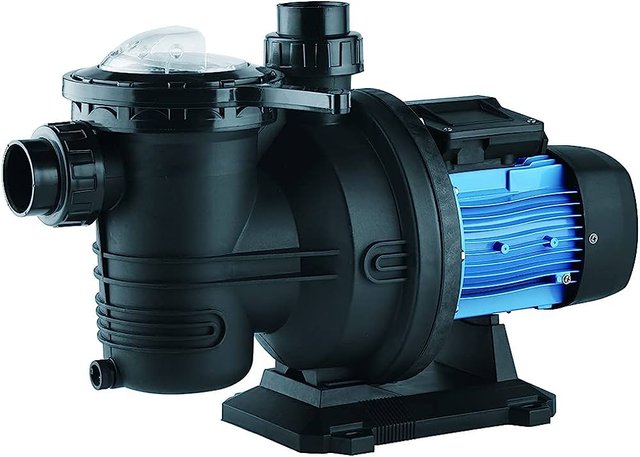Troubleshooting Common Pool Pump Issues
Regular maintenance and upkeep of your pool pump are essential to ensure its optimal performance and longevity. However, even with proper installation, occasional issues can arise. Understanding common pool pump problems and troubleshooting techniques can save you from costly repairs and replacements. In this article, we will explore common pool pump issues and provide tips to troubleshoot them while considering the associated costs involved in pool pump installation.
Lack of Prime or Low Water Flow
One common problem is when the pool pump fails to prime or experiences low water flow. Check for obstructions in the impeller or pump basket, ensuring they are clear of debris. In some cases, the pump may be losing its prime due to a leak in the suction line or worn out valves. Identifying and resolving these issues early on can help avoid more significant repairs and reduce unnecessary expenses.
Loud or Unusual Noises
Excessive noise from the pool pump can be a cause for concern. If you hear grinding, screeching, or rattling noises, it may indicate problems with the motor bearings, impeller, or loose parts. Investigate and tighten any loose screws or bolts, and lubricate the motor bearings as needed. If the noise persists, it may be necessary to call a professional for further evaluation.
Pump Motor Failure
If your pool pump fails to start or suddenly stops working, the motor may be at fault. Inspect the wiring connections and check for any tripped breakers or blown fuses. Ensure that the motor vents are clear of debris and the capacitor is functioning correctly. If the motor continues to malfunction, seeking professional assistance for motor repair or replacement may be necessary.
Leaks and Water Loss
Leaks in the pump can result in water loss and affect the overall performance of your pool system. Check all connections, including the pump lid, union fittings, and plumbing lines, for leaks. In some cases, replacing worn-out seals or gaskets can resolve the issue. Addressing leaks promptly will prevent further damage and reduce the risk of increased repair costs.
Inefficient Energy Usage
An inefficient pool pump can lead to excessive energy consumption and higher utility bills. Consider upgrading to a more energy-efficient model, such as a variable-speed pump, which adjusts motor speed based on pool needs. While the initial cost to install a pool pump may be higher for energy-efficient models, the long-term savings in energy expenses can outweigh the upfront investment.
Conclusion
Understanding common pool pump issues and troubleshooting techniques can help identify problems early on, minimizing repair costs, and prolonging the lifespan of your installed pool pump. By addressing issues promptly and performing regular maintenance, you can enhance the efficiency and performance of your pool pump while keeping expenses in check. However, in cases where professional assistance is required, it's worth considering the long-term benefits of resolving the problem correctly rather than risking further damage and more costly repairs. Remember to budget for routine maintenance and occasional repairs to ensure the continued operation of your pool pump without significant financial strain.
